Two million years of life in Antarctica – the history of moss written in DNA
The results of molecular research, recently published in the prestigious Journal of Biogeography, have shown that among the multicellular organisms currently inhabiting Antarctica there are those whose continuity of existence in this area can be measured on a scale of millions of years. This is an important discovery because it proves that the living world can overcome even such extremely difficult conditions as those prevailing during the glaciations of the Earth's coldest regions.
The discovery was made by scientists from our Institute, Marta Saługa, Ryszard Ochyra and Michał Ronikier. As part of the ICEBIOTA project (financed by the National Science Center in the OPUS programme), they analyzed the DNA of the Antarctic moss species Syntrichia sarconeurum to learn about its evolution and the formation of its current range. Based on the variability in DNA sequences, the scientists were able to show that the species survived the last glaciation not only in the Antarctic Peninsula, as it is usually portrayed, but also in continental Antarctica. This was probably possible due to the presence of stable, ice-free "oases", the so-called refugia, guaranteeing a safe haven. Research results suggest that contemporary populations of S. sarconeurum are effectively isolated from each other (despite their high dispersal capacity due to wind-borne propagules) and have been present in Antarctica for about 2 million years! This means that the moss successfully coped with the cooling of the climate during the Pleistocene glaciations.
Interestingly, in order to make the discovery described above, scientists did not have to undertake distant expeditions to the South Pole. The research material has been waiting for them since the 1970s, deposited in the herbarium of bryophytes at the W. Szafer Institute of Botany PAS. All that had to be done to delve into the past of organisms living in remote and extreme environments was to develop a technique to isolate and amplify degraded DNA from herbarium specimens. This type of research allows us to better understand the nature around us and predict its response to possible climate changes. It also shows that herbarium collections have not only museum value, but are also an invaluable source of scientific data.
You can read more about the research on the Internet, e.g. on the website Nauka w Polsce (in Polish only).
The original article:
Saługa M., Ochyra R., Ronikier M. 2022. Phylogeographical break and limited connectivity between multiple refugia in pan-Antarctic moss species. Journal of Biogeography 49: 1991–2004. DOI
The article is a part of Marta Saługa's doctoral dissertation prepared under the supervision of Michał Ronikier at the Molecular Biogeography and Systematic Group of the W. Szafer Institute of Botany PAS.
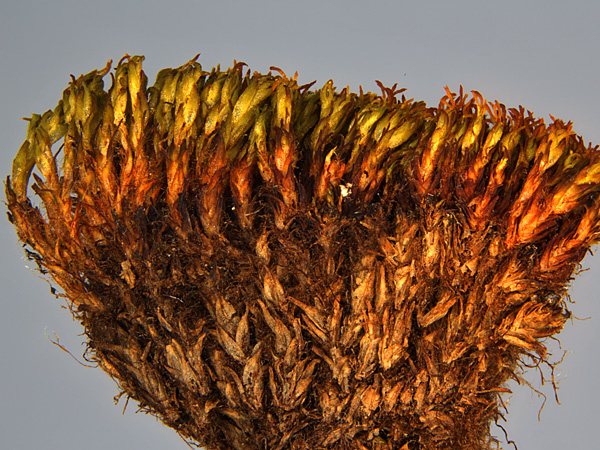
Syntrichia sarconeurum.
Photo: Halina Bednarek-Ochyra.
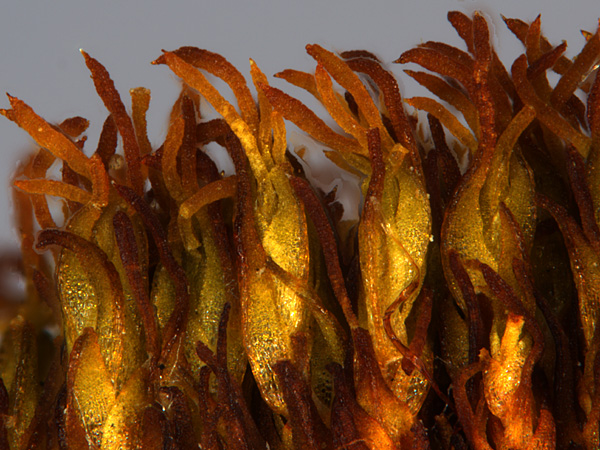
Syntrichia sarconeurum – at the top of the gametophyte, propagules can be seen.
Photo: Halina Bednarek-Ochyra.
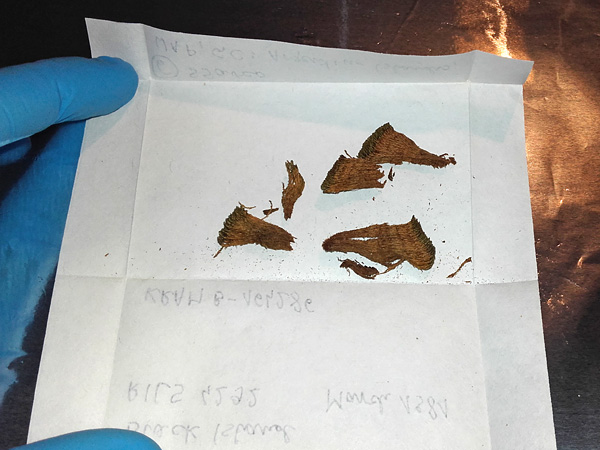
A dried sample of Syntrichia sarconeurum.
Photo: Marta Saługa.
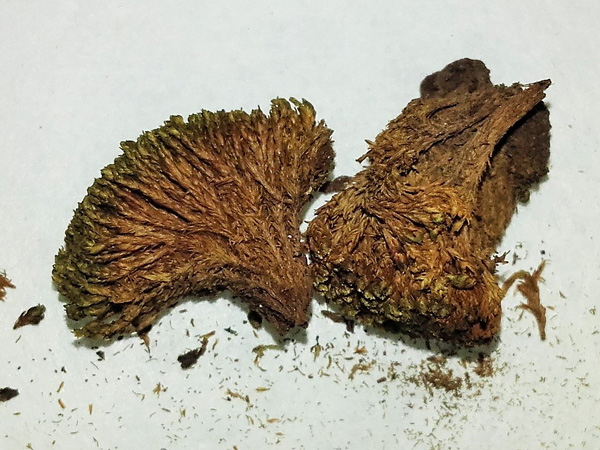
A dried sample of Syntrichia sarconeurum.
Photo: Marta Saługa.
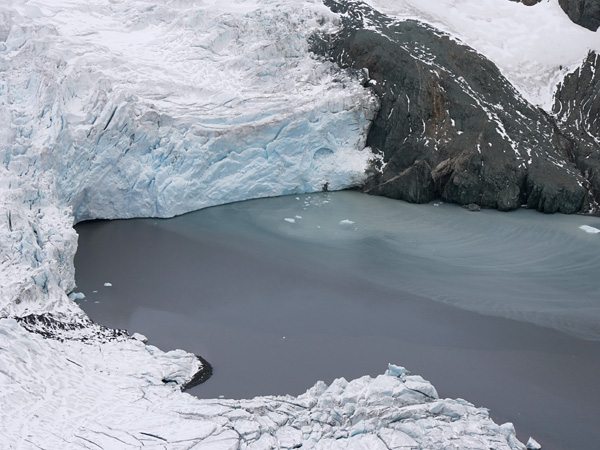
Antarctic landscape.
Photo: Michał Ronikier.
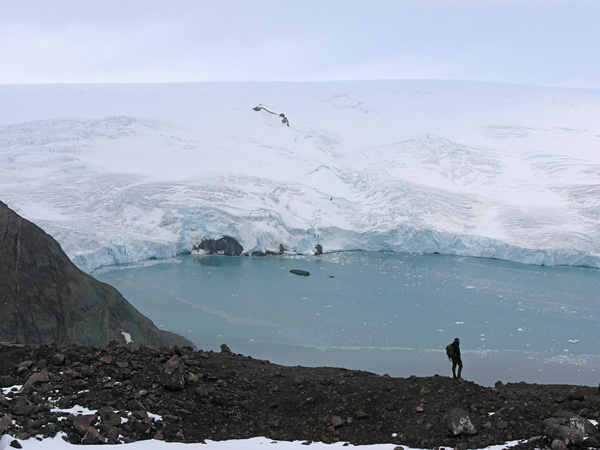
Antarctic landscape.
Photo: Michał Ronikier.





